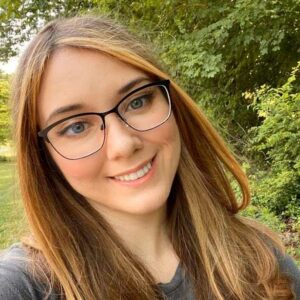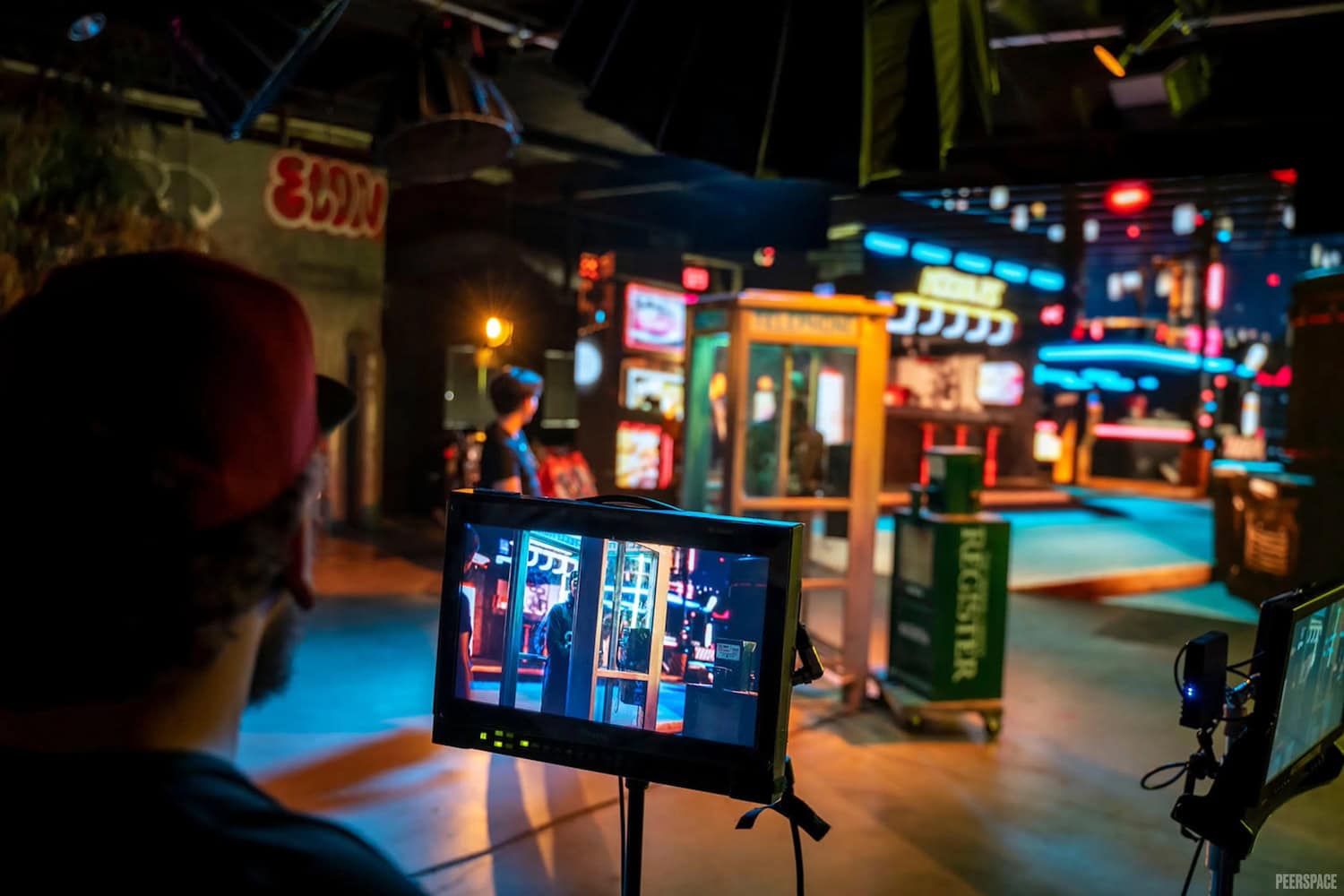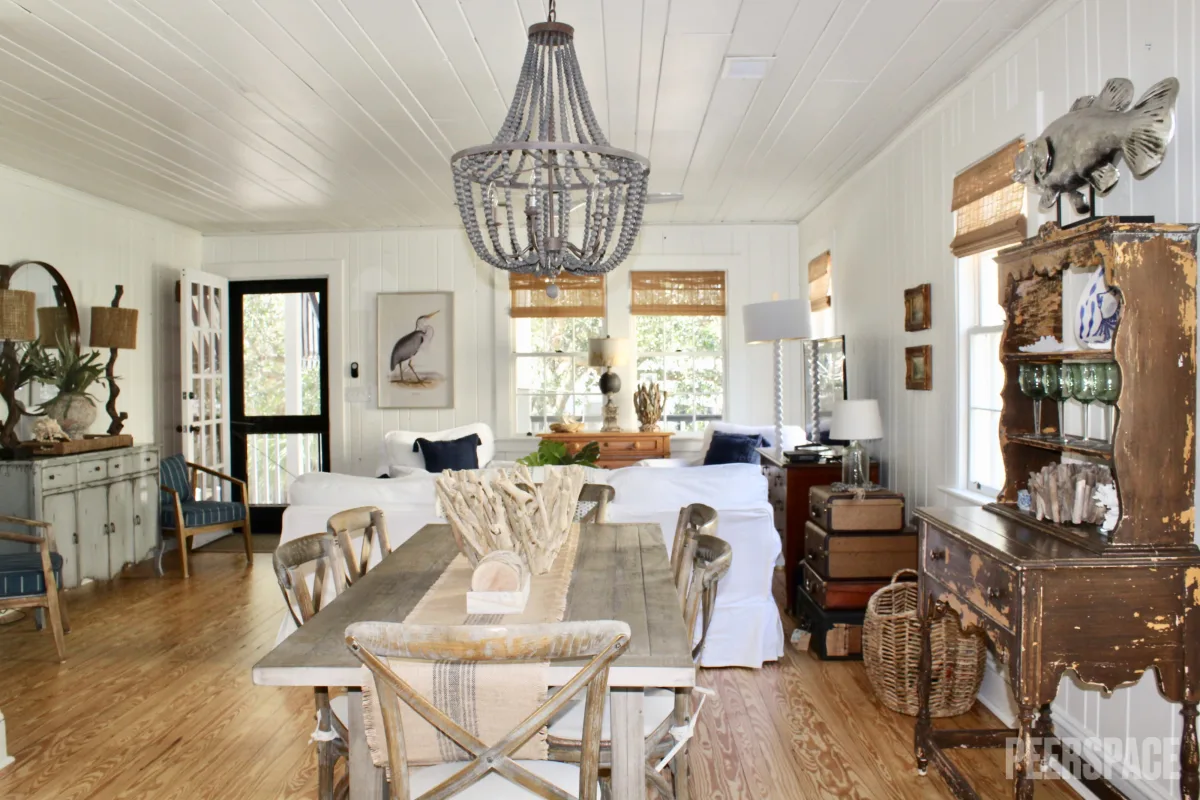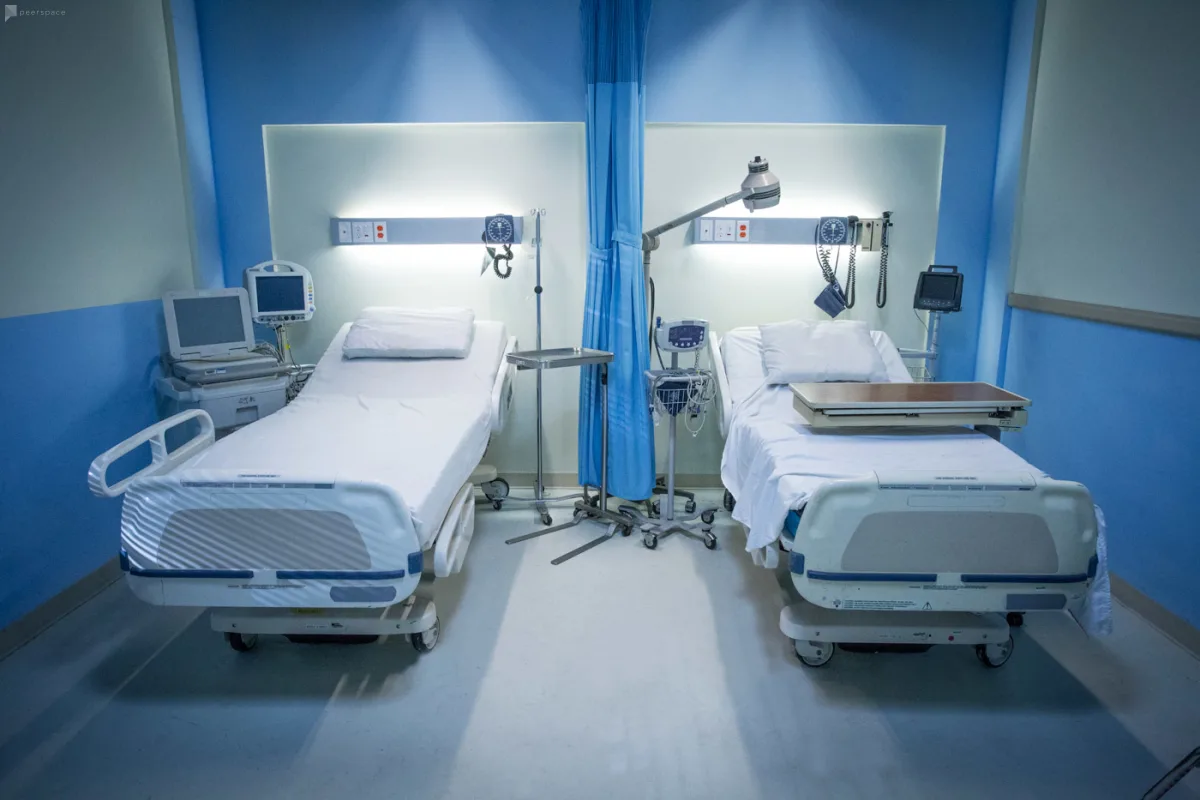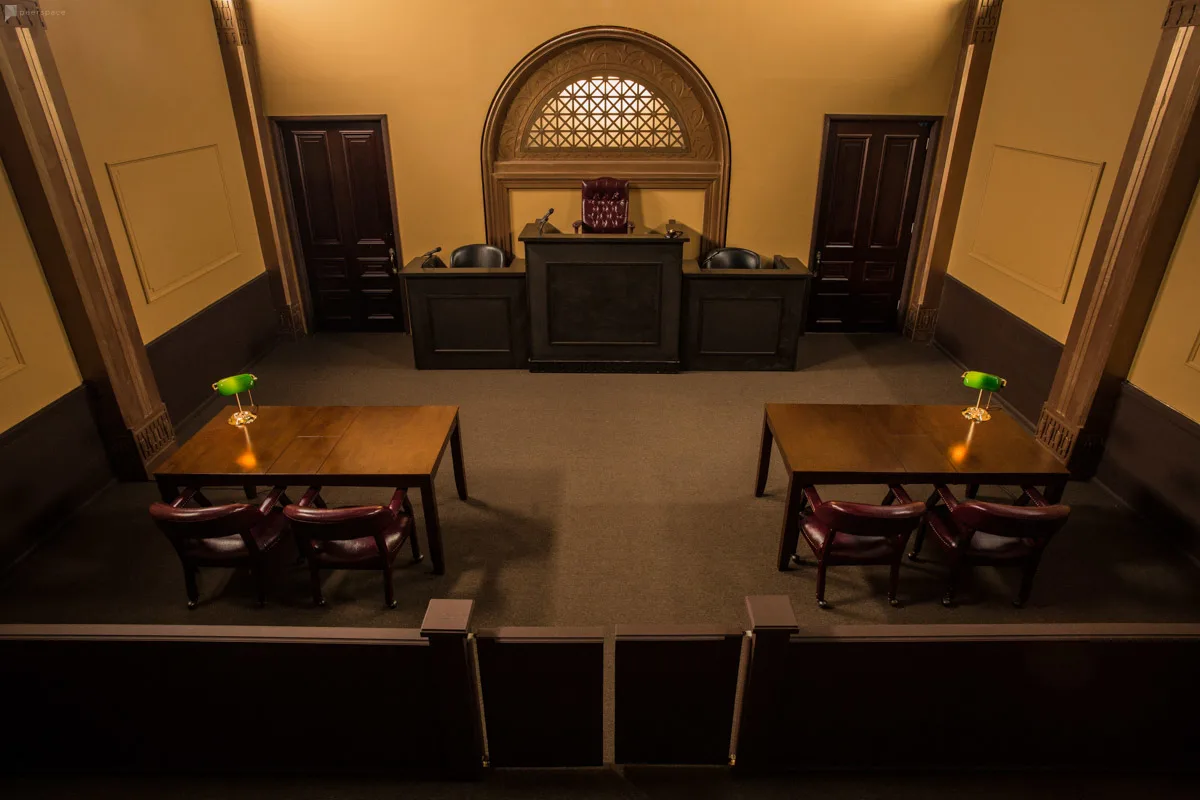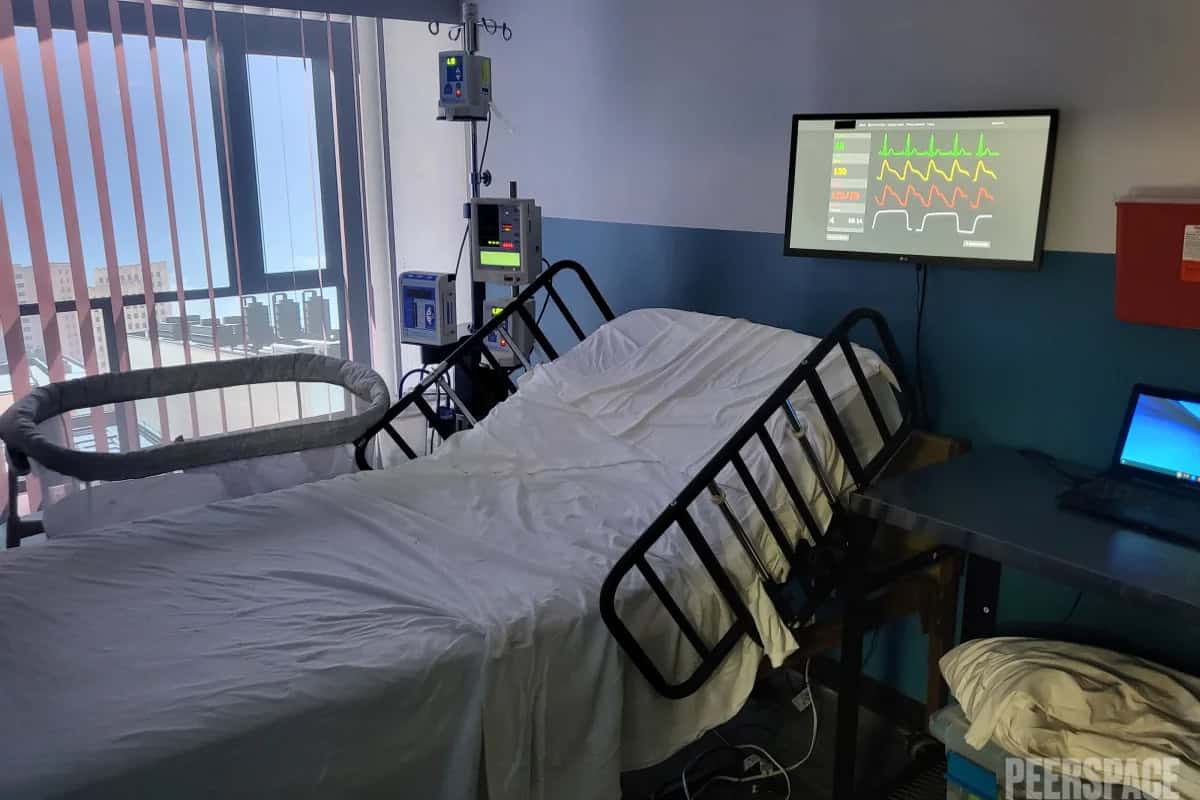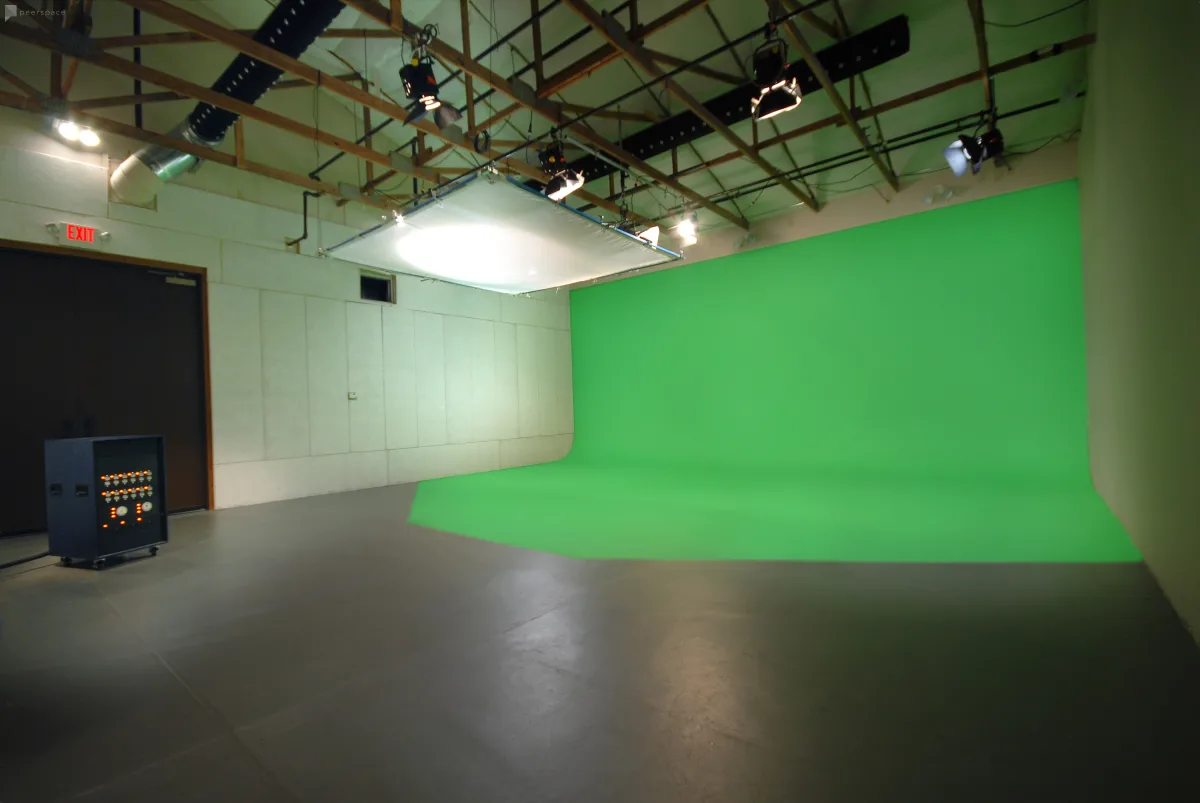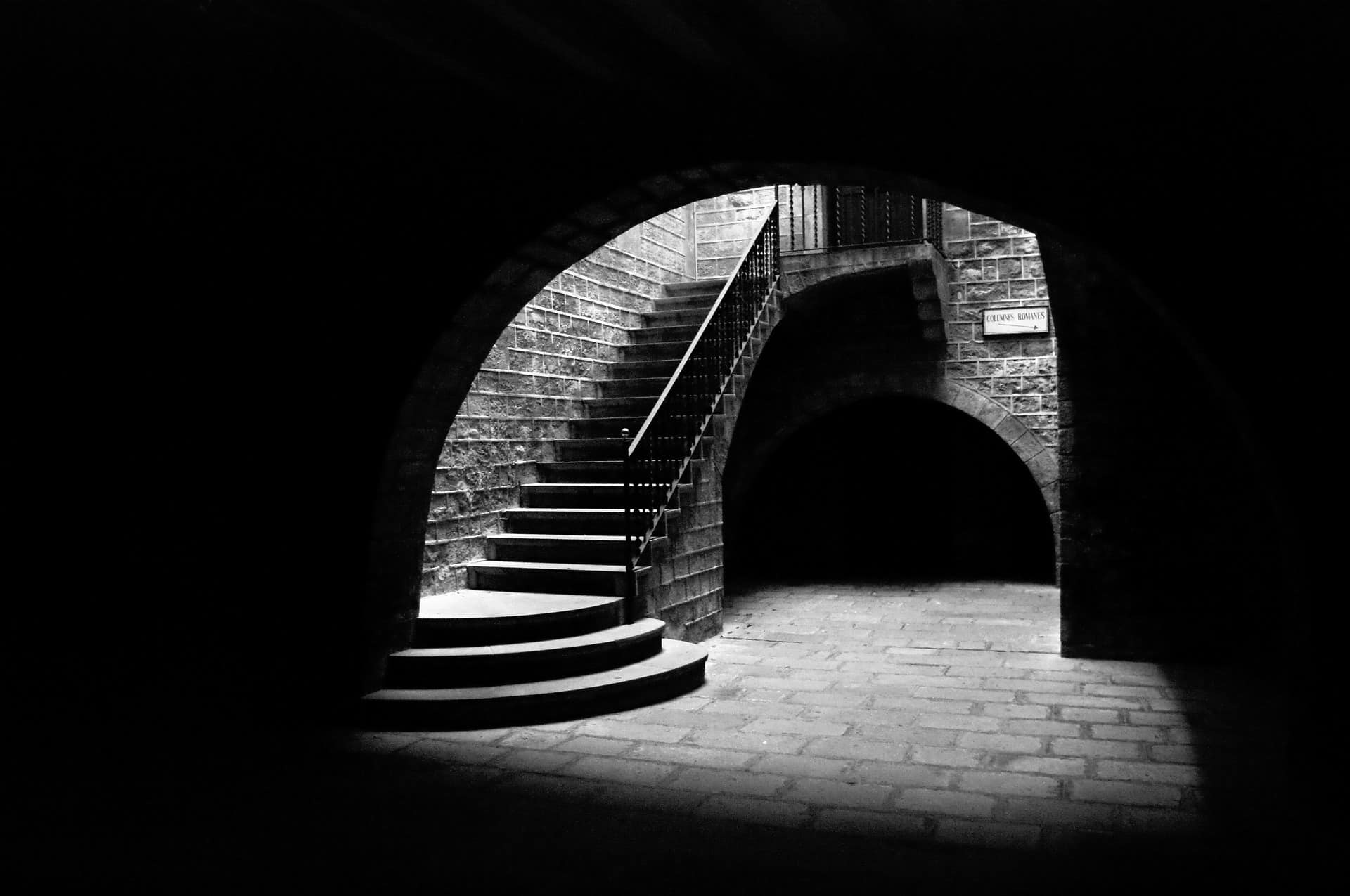
Source: Pixabay
Answered
Production locations on Peerspace typically cost $75 — $180 per hour.
- First things first: What is Chiaroscuro lighting?
- Where did the term Chiaroscuro come from?
- How Chiaroscuro lighting benefits filmmakers
- How to light a scene using the Chiaroscuro technique
- Practice Chiaroscuro lighting in film in a Peerspace venue
Curious to know about chiaroscuro lighting in film and how to use it? Light and shadow are two of a filmmaker’s most powerful tools. The interplay of light and dark has fascinated human beings since the dawn of time. We’ve been developing techniques for dramatic lighting schemes for centuries, and many of those classic techniques translate beautifully to modern filmmaking. Chiaroscuro lighting is one of the best examples of this.
And if you find yourself needing exciting new spaces to shoot, check out Peerspace. As the largest online marketplace for hourly venue rentals, we can connect you to thousands of film studios and one-of-a-kind venues near you. And since each space is available to book by the hour, you can save some serious money by using Peerspace as your personal location scout for your next project.
Besides giving you all the information you need to know about Chiaroscuro lighting, we’ll also share information about real Peerspace venues that you can book today. Here’s everything you need to know about this classic Italian lighting scheme and how to use it in your next film project.
First things first: What is Chiaroscuro lighting?
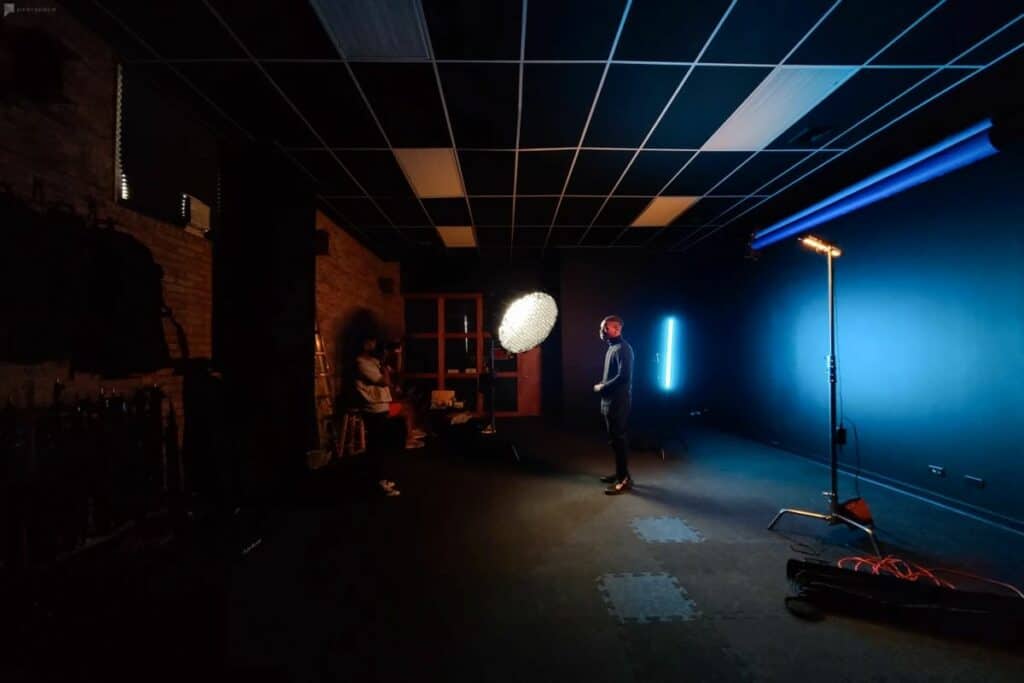
In painting, chiaroscuro lighting emphasizes bold sections of light and shadow. The light source is harsh with clearly delineated shadows, which creates an abundance of contrast. Often, only half of a character’s face receives lighting, making it perfect for compositions that are moody or mysterious.
Artists like DaVinci, Vermeer, and Caravaggio used chiaroscuro lighting to give their paintings drama and depth. Have a look at Girl with a Pearl Earring by Vermeer. The contrast of the solid black background and deep shadows contrast beautifully with the brighter tones of the girl’s face. This creates a moody and dramatic feeling, despite being a simple three-quarters portrait. It’s a captivating painting that’s enamored viewers for centuries. And it’s made possible through the beauty of chiaroscuro!
Also, check out our guide on texture photography and how to nail it here
Where did the term Chiaroscuro come from?
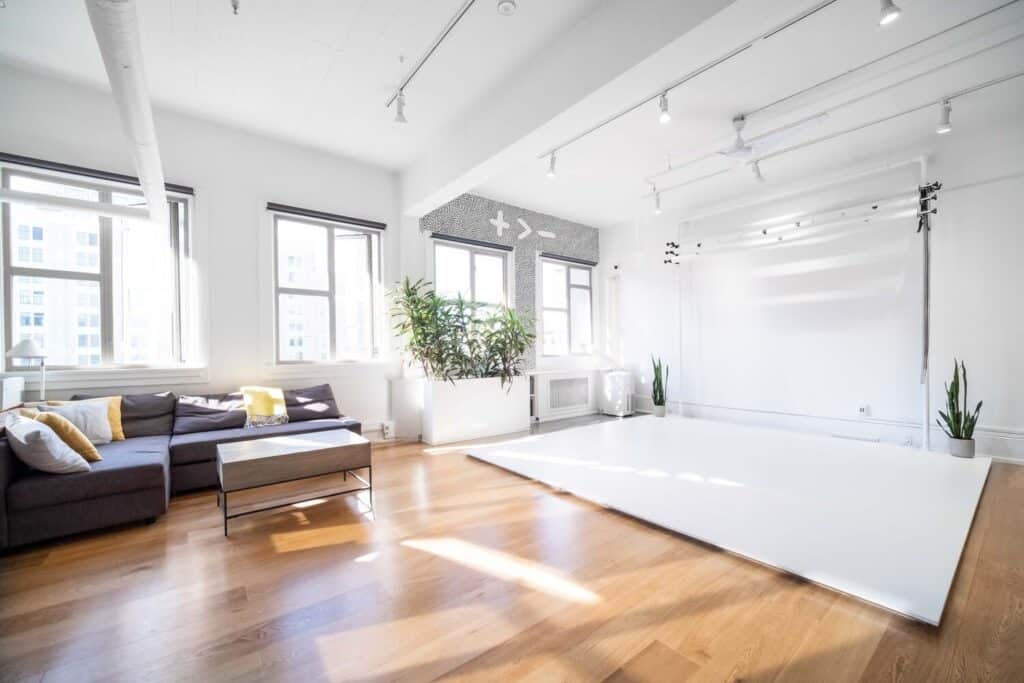
“Chiaroscuro” as a concept is far older than modern film. The term comes from the combination of two Italian words: “chiaro” meaning bright, and “scuro” — to obscure. It dates back to Renaissance-era Italy when master painters developed the term and made the style popular.
Chiaroscuro is used for far more than just portraits. It lends drama to scenes of intense battles and action. Through the intensity of the light and shadow, you can feel the conflict between the two characters in the scene. Chiaroscuro lighting can bring near-effortless drama to any painting, and you can bring those same techniques to your films with a little ingenuity.
What is film grain? We break down the specifics here
How Chiaroscuro lighting benefits filmmakers
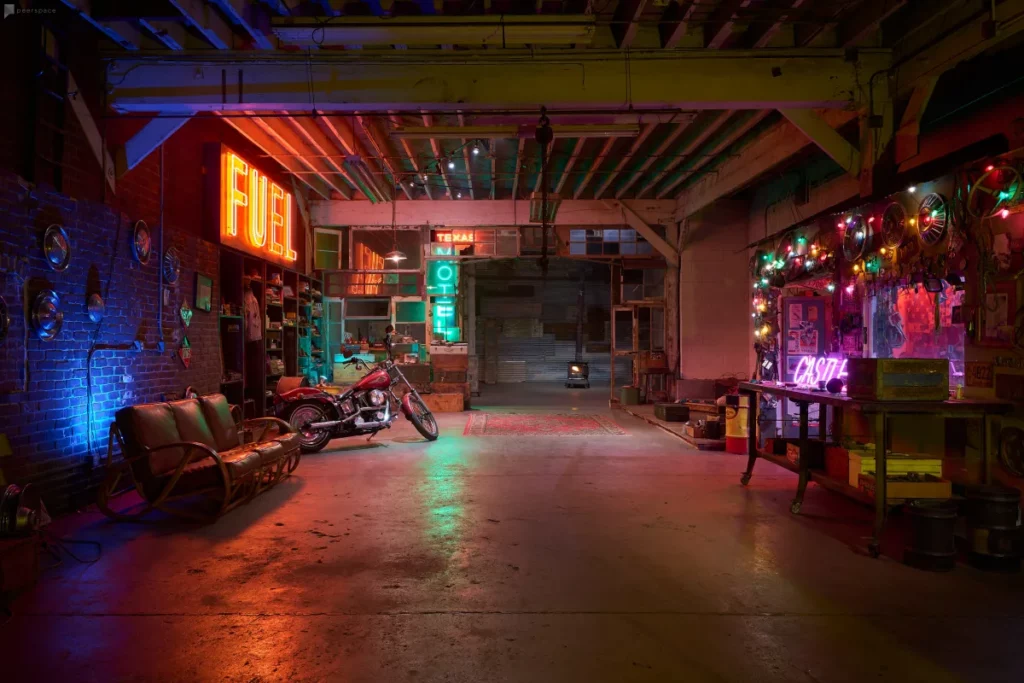
Just like the Renaissance painters of old, modern filmmakers must also learn how to sculpt with light and shadow to tell stories. Chiaroscuro lighting has been around since the very beginning of cinema. Directors of the very earliest films didn’t have color as a tool, so they had to rely solely on light and shadow to set the mood and tone. You can see examples of it in early silent films like Nosferatu.
Chiaroscuro was a favorite technique among German impressionists like Robert Wiene, director of The Cabinet of Dr. Caligari. The dramatic chiaroscuro lends itself beautifully to the film’s dark and twisted story. Streaks of broad light and shadow were even painted directly onto the sets to add to the effect.
The end result is a truly terrifying horror film that still holds up today — there’s even a twist ending that gives M. Night Shyamalan a run for his money. That lasting success was made possible thanks to Wiene’s masterful use of chiaroscuro.
Film noir
The moody and dramatic lighting of chiaroscuro has become synonymous with film noirs. Check out the moody lighting in John Huston’s masterpiece debut, The Maltese Falcon. The dramatic lighting helps highlight the mystery of the film and the complexity of the characters.
Just like Sam Spade, the audience doesn’t know who’s trustworthy and who’s not — the duality is literally written on every character’s face with the lighting. Audiences love watching the play of light and shadow on your characters’ faces, just like they love watching the play of good and evil in your story.
Contemporary films
For a more modern example of chiaroscuro, have a look at Rian Johnson’s 2005 directorial debut Brick. This neo-noir detective film draws heavily from the classic black-and-white detective thrillers from the 40s, 50s, and 60s. But unlike his predecessors, Johnson had a full spectrum of colors at his disposal.
Brick combines moody chiaroscuro lighting with a muted color scheme, accented with bold pops of color to add interest to the gripping mystery. It’s a prime example of how classic chiaroscuro techniques can translate to modern films — and a fun watch if you’re craving a good thriller.
Of course, no one says chiaroscuro is only for detective movies or horror flicks. Chiaroscuro can add a punch of drama to scenes of any film genre. Guillermo del Toro’s Best Picture winner The Shape of Water uses chiaroscuro lighting to establish atmosphere and showcase the ambiguity of his characters.
The moody lighting creates a sultry atmosphere for this romantic sci-fi, as Sally and the Amphibian Man fall for each other. The lighting is soft and romantic when it needs to be, and bold when the story calls for that extra touch of intrigue. GDT is a modern master for a reason!
Discover: here’s how to rent your home for film productions
How to light a scene using the Chiaroscuro technique
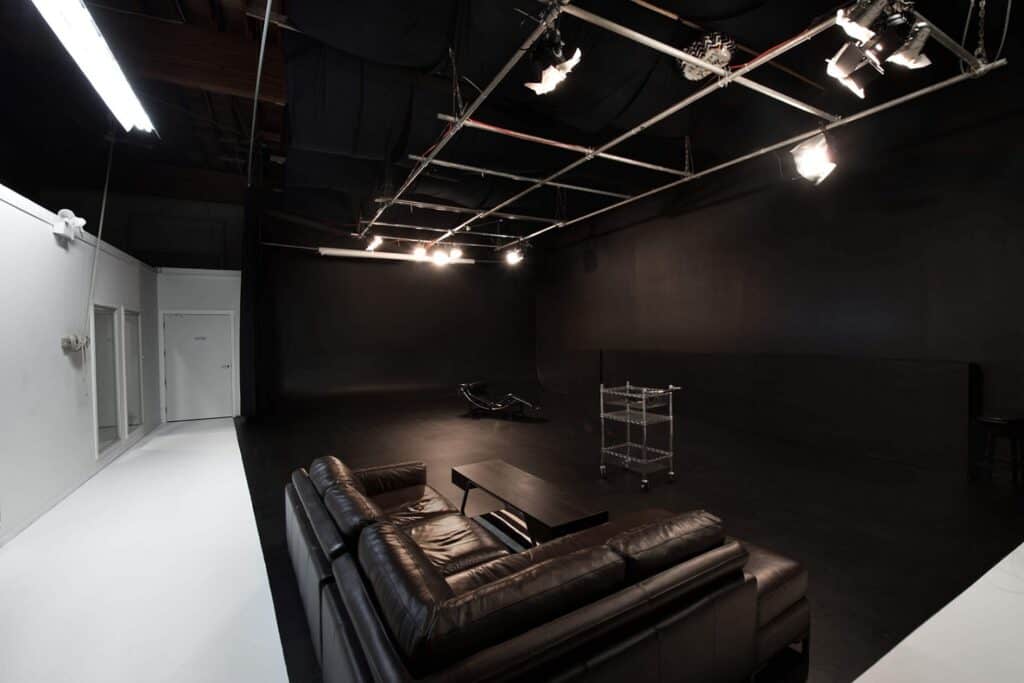
After you’ve studied the old masters, it’s time to put your film knowledge to the test in the studio. The classic chiaroscuro lighting method uses a single hard light source, allowing half of your character’s face to fade into shadow. This is particularly effective for scenes with dark backdrops, where your characters can emerge from the background like shadowy wraiths. It’s excellent for selling mysterious or moody vibes, or for showcasing characters with ambiguous intent.
Of course, no one says you have to stick to a single light source. You can also create chiaroscuro with multiple studio lights, so long as your main light appears to come from a single point of origin. Old masters like Rembrandt often used candles to add interest to the negative spaces in their chiaroscuro paintings. You can create the same effect in your chiaroscuro scenes too with bounce, fill, and rim lights.
Play with different lighting schemes and setups until you find the one that’s ideal for your scene. Remember, a good director always has a reason behind their choices. Think long and hard about the kind of vibe you want to capture in your film.
A few helpful questions to ask yourself include:
- Why is chiaroscuro the best choice for your scene?
- What will this lighting choice tell the audience about your characters?
- What will it reveal about the story as a whole?
Chiaroscuro lighting can capture a full range of emotions in a full range of genres. It’s up to you to decide how to use it!
Check out everything you need to know about pre-production here!
Practice Chiaroscuro lighting in film in a Peerspace venue
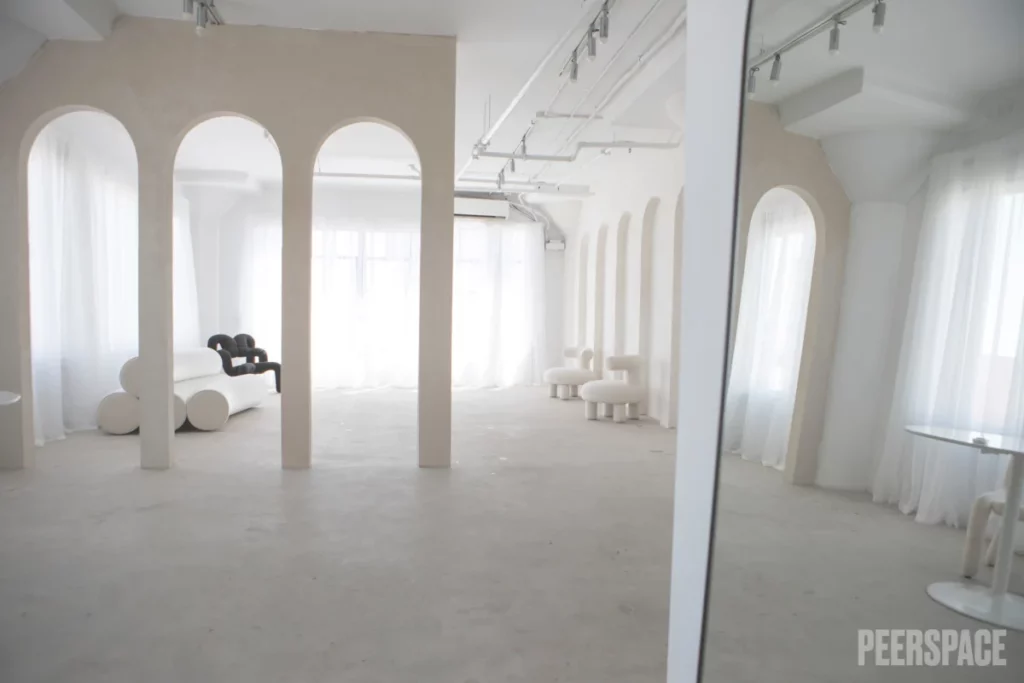
Now that you know the basics of using chiaroscuro lighting in film, it’s time to try it out yourself. And there is no better (or easier!) way of doing so than by booking a Peerspace production venue. Simply click the link, enter your location, and discover all the professional spaces near you that you can book by the hour to shoot your film.
Click the link above, enter your location or destination, and see what pops up! You can review each space’s photos, description, and reviews on its listing page. And if you have any questions, you can instantly shoot the host a question. It’s a simple way to find hidden gem venues and enjoy everything they have to offer for as many hours as you like!
After all, playing with chiaroscuro in a production space that lets you tinker with light and shadow is the best way to master this technique.
Not sure where to begin? Here are some of our favorite Peerspace production studios to make your chiaroscuro lighting dreams come true:
- Neo Studio, a DTLA loft in Los Angeles, CA (pictured above) with numerous large windows, all-white walls, ceiling, and floor, curtains to diffuse light, and tall arches that help you play with light and dark.
- This Bushwick artist loft in Brooklyn, NYC with industrial bones, several crystal chandeliers, and large windows that leave captivating shadows on the floors and walls.
- This N.E. industrial natural light studio in Minneapolis, MN with lots of natural light as well as plenty of nooks and crannies to play with shadow.
- This 10 set creative studio in Irving, TX that comprises 10 unique sets with different light sources and decor that allow you to play with contrast beautifully.
- This beautiful Beltline natural light studio in Atlanta, GA that’s 1,750 square feet with high ceilings, large industrial windows, and plenty of decor that provide shadows and light reflection.
And these are only a few examples of the types of venues that let you play with chiaroscuro! There are thousands of similar spaces in cities across North America and beyond that you can rent by the hour on Peerspace, so head to our platform to discover your location’s must-book spaces.
We tackle the issue: what’s like an Airbnb for film locations here
Chiaroscuro lighting in film: conclusion
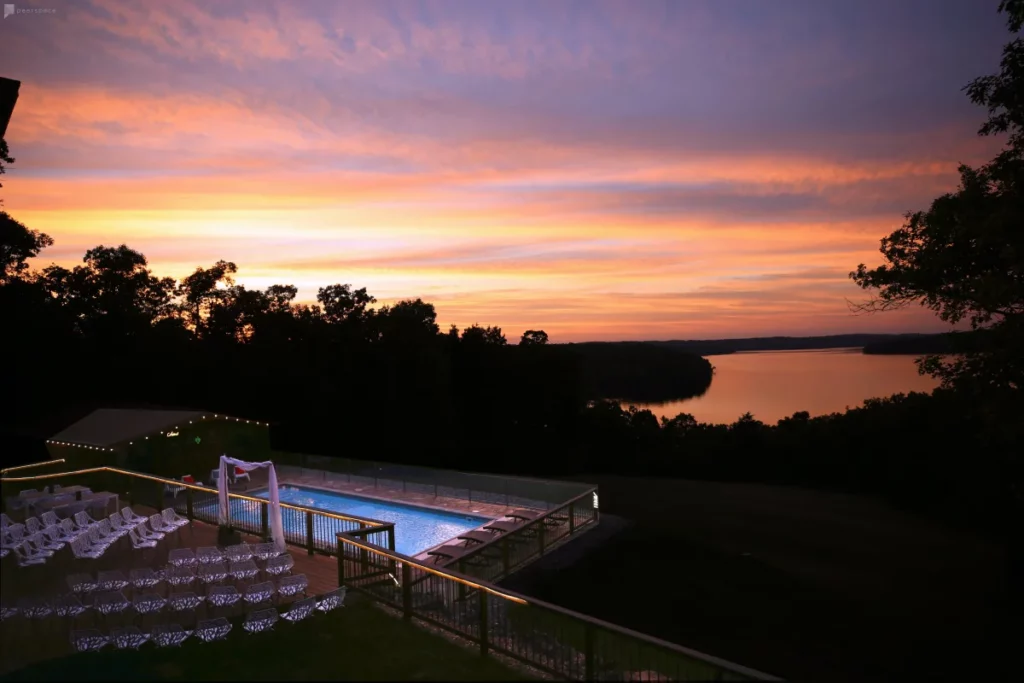
Now that you know how to use Chiaroscuro lighting in film, it’s time to put your new skills to practice! Book a unique film shoot location through Peerspace that lets your imagination run wild! All spaces are owned by local hosts who understand the ins and outs of production work. Each listing comes with a detailed description, high-res photos, upfront pricing, and reviews from past creatives who booked the venue.
Many spaces also include equipment rentals and other props to make your vision come to life. And if your space wants for anything, rely on the venue’s local host. Many are in the film industry themselves and can help with any questions or requests that you have professionally. Check out all the venues we have near you and try out your newfound Chiaroscuro skills!
Find unique film locations on Peerspace
Get together somewhere better
Book thousands of unique spaces directly from local hosts.
Explore SpacesShare your space and start earning
Join thousands of hosts renting their space for meetings, events, and photo shoots.
List Your Space
